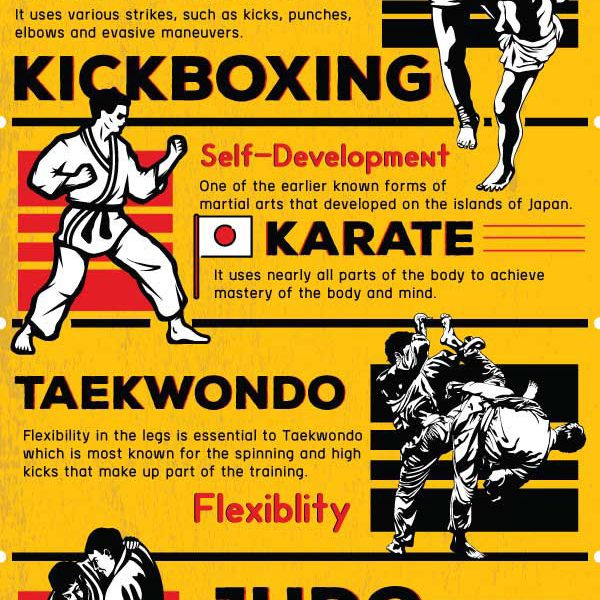Standard Martial Arts And Modern Battle Sports: A Detailed Overview Of Their Unique Distinctions
Standard Martial Arts And Modern Battle Sports: A Detailed Overview Of Their Unique Distinctions
Blog Article
Post By-Camp Haagensen
When you think about martial arts, do you lean a lot more toward the traditional practices or the modern battle sporting activities? Each course uses distinct benefits and experiences, shaped by their ideologies and training techniques. Traditional martial arts highlight personal development and discipline, while modern combat sports concentrate on competitors and efficiency. Comprehending these differences can assist you in picking the ideal method for your journey. However just how do these distinctions manifest in training and philosophy?
The Philosophy and Background Behind Conventional Martial arts
While lots of people link martial arts with physical fight, the philosophy and background behind standard martial arts run much deeper. You'll discover that these techniques emphasize individual development, technique, and regard.
Originating from old practices, conventional martial arts were commonly established for Self-Defense and spiritual development. They embody principles such as equilibrium, harmony, and self-discipline, leading professionals beyond simple combating skills.
As you educate, you'll not just discover strategies yet likewise gain insights into the society and values that shaped these arts. The routines and traditions, often passed down with generations, promote a feeling of neighborhood and belonging.
The Affordable Nature of Modern Fight Sports
Modern battle sports have changed the landscape of martial arts right into an extremely competitive arena, where athletes challenge in an examination of ability, approach, and endurance.
You'll discover that competitors are often organized with stringent guidelines and guidelines, making sure justice and security. Read More In this article draw in large target markets, fueling the exhilaration and intensity of competitions.
mouse click the up coming post educate carefully, not just for physical prowess yet also for psychological sturdiness, knowing that every information counts in the ring. https://www.republicworld.com/india-news/politics/temjen-imna-alongs-picture-with-karate-kids-leaves-twitter-in-splits-heres-why-articleshow.html during competitors is apparent, as boxers push their restrictions to assert triumph.
Followers value the athleticism and virtuosity involved, making modern fight sporting activities a thrilling spectacle that continues to advance and mesmerize enthusiasts all over the world.
Training Methods and Techniques: A Comparative Evaluation
The affordable atmosphere of modern-day battle sporting activities demands ingenious training methods that differ significantly from standard martial arts.
In contemporary training, you'll concentrate on specific strategies, sparring, and conditioning, frequently utilizing drills that mimic genuine battle circumstances. You'll see a focus on measurable efficiency and constant competitors to assess your abilities.
In contrast, traditional martial arts prioritize forms, katas, and philosophical mentors, often stressing discipline and regard over competition.
Training is usually less extreme and might entail repetitive method rather than real-time sparring.
While both techniques construct skill and physical fitness, modern-day battle sports supply a much more dynamic and adaptable training setting, preparing you for instant challenges in the ring or cage.
Pick the course that lines up with your objectives and passions.
Verdict
In picking between standard martial arts and contemporary battle sports, it really comes down to what you value many. If you're trying to find personal growth, technique, and a feeling of neighborhood, standard arts might be your best fit. However if you prosper on competitors and real-time difficulties, modern-day combat sporting activities could be the way to go. Eventually, both paths offer one-of-a-kind advantages, so it's everything about aligning your training with your personal objectives and rate of interests.
